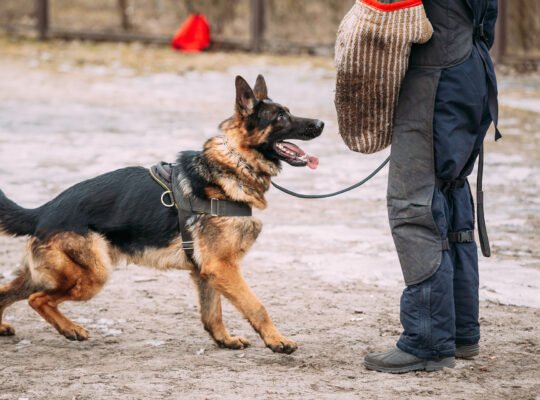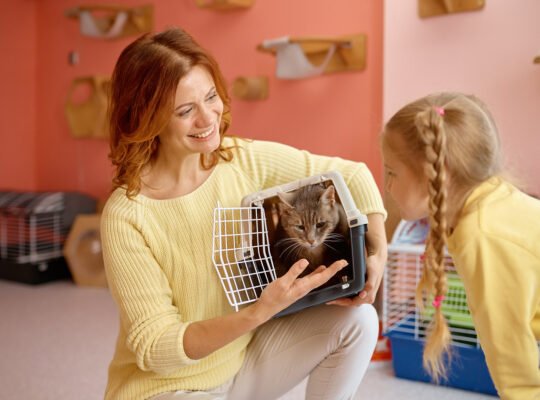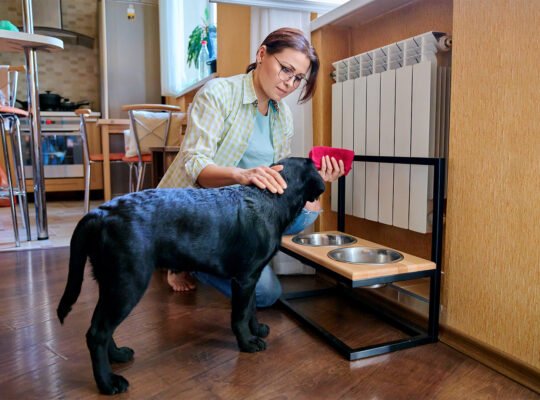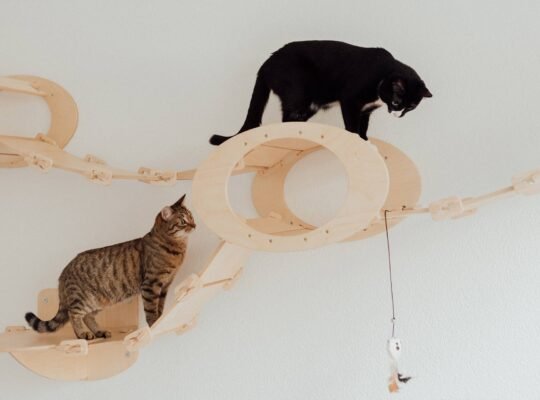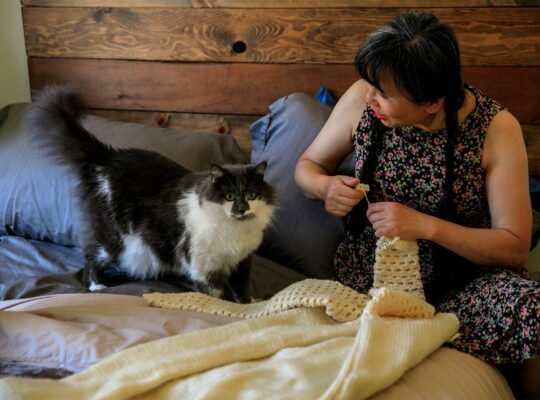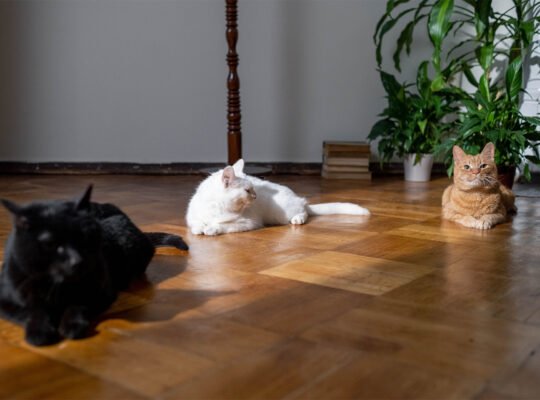How to Introduce a New Pet to Your Resident Fur Baby: Tips for a Smooth Transition
Excerpt: Adding a new pet to your family is an exciting time, but it’s essential to introduce them to your resident fur baby properly. Learn valuable tips and strategies for a smooth transition, allowing your pets to establish a harmonious relationship. With careful planning and patience, you can create a loving and peaceful environment for all your furry companions.
Introduction
Bringing a new pet into your home is a significant event, but it’s crucial to approach the introduction with care and consideration. Properly introducing your new pet to your resident fur baby sets the stage for a successful and harmonious relationship. With the right strategies and a patient approach, you can help your pets establish a strong bond and create a loving multi-pet household.
In this guide, we will explore effective tips and techniques for introducing a new pet to your resident fur baby, ensuring a smooth transition and fostering a positive and lasting relationship between them.
Preparation is Key: Setting the Stage for Success
- Create Separate Spaces:
- Before bringing your new pet home, establish separate areas for each pet, complete with their own food, water, litter boxes (if applicable), toys, and bedding. This allows them to adjust to their new surroundings without feeling overwhelmed.
- Scent Exchange:
- Swap bedding or toys between your resident pet and the new pet to familiarize them with each other’s scents. This can help alleviate initial stress and facilitate a smoother introduction.
- Gradual Introductions:
- Initially, keep the new pet in a separate room or use a pet gate to allow visual contact without direct interaction. Gradually increase their exposure to each other over time, allowing them to become familiar with one another’s presence.
Controlled Face-to-Face Meetings: Making Positive Associations
- Leashed Introductions:
- For dogs, introduce them on leash in a neutral space, such as a park or a backyard. Allow them to sniff and observe each other from a distance, rewarding calm behavior with treats and praise.
- Neutral Territory:
- For cats, choose a neutral space where neither cat has established territory. This could be a quiet room or an area where neither cat spends much time. Allow them to explore and interact at their own pace.
- Supervised Encounters:
- Monitor face-to-face interactions between your pets closely. Be prepared to intervene if any signs of aggression or stress occur, redirecting their attention to positive activities or separating them if necessary.
Patience and Positive Reinforcement: Building Trust and Harmony
- Equal Attention:
- Ensure that each pet receives individual attention and affection to prevent jealousy or feelings of neglect. Allocate dedicated playtime, cuddling sessions, and one-on-one interactions with each pet.
- Positive Associations:
- Reward desirable behavior from both pets with treats, praise, and affection. This reinforces positive associations and helps create a harmonious atmosphere.
- Gradual Integration:
- Slowly increase the amount of time your pets spend together, always under supervision. As they become more comfortable with each other, allow them to interact freely while remaining vigilant.
Frequently Asked Questions (FAQs)
Q: How long will it take for my pets to get along?
A: The time it takes for pets to become fully comfortable with each other varies. It can range from a few days to several weeks or even months. Patience, consistency, and positive reinforcement are key during this transition period.
Q: What if my pets show signs of aggression?
A: If your pets display signs of aggression, it’s important to separate them and consult with a professional, such as a certified animal behaviorist or a veterinarian experienced in pet behavior. They can provide guidance on how to address the aggression and facilitate a safe introduction process.
Q: Should I leave my pets alone together?
A: Initially, it’s best to supervise your pets’ interactions and gradually increase the time they spend together. Leaving them unsupervised too soon can lead to potential conflicts or accidents. Ensure their safety and well-being by gradually building trust and compatibility.
Q: Can I introduce a new pet to an older pet?
A: Yes, it is possible to introduce a new pet to an older one. However, it may require more time and patience, as older pets may be set in their ways. Gradual introductions and respectful handling of both pets’ needs can help foster a positive relationship.
A Harmonious Household: Building Bonds and Friendship
In conclusion, introducing a new pet to your resident fur baby requires careful planning, patience, and positive reinforcement. By following these tips and techniques, you can create a strong foundation of friendship and companionship between your beloved fur babies.
Remember, each pet is unique, and the transition process may vary. Give them time to adjust, provide plenty of love and attention, and celebrate every milestone achieved. With your guidance and nurturing, your pets can build a lasting bond and enjoy a harmonious multi-pet household.


